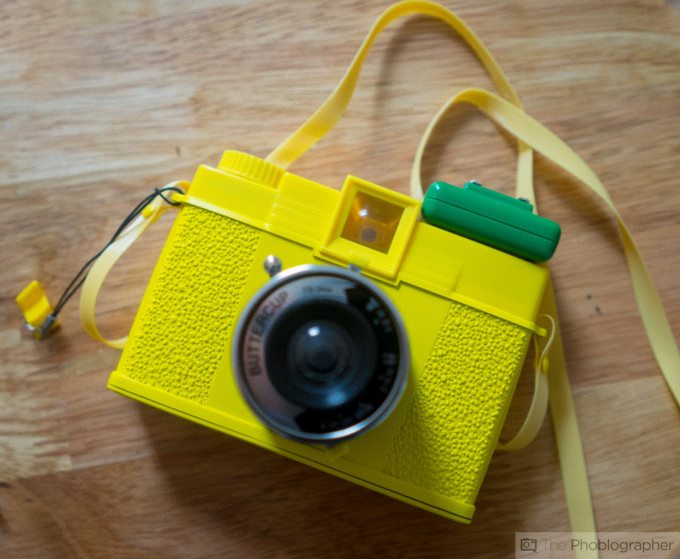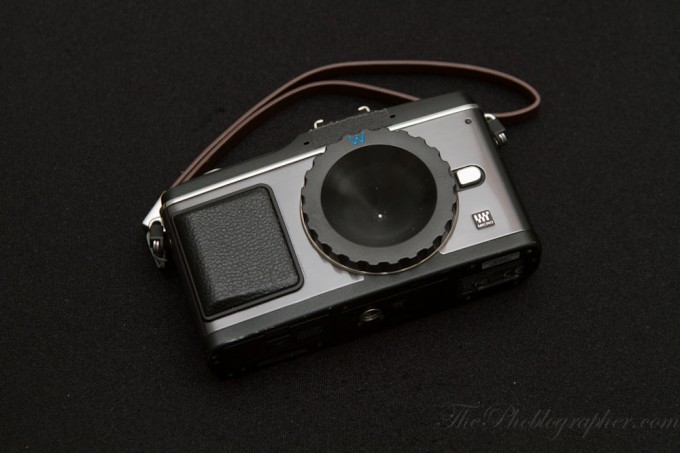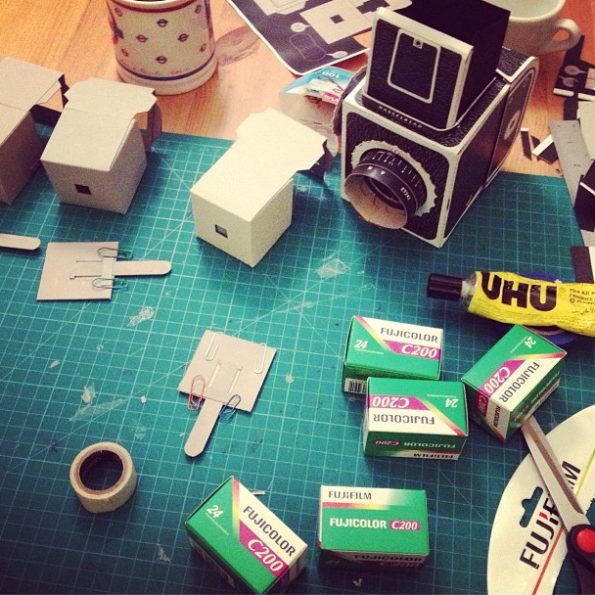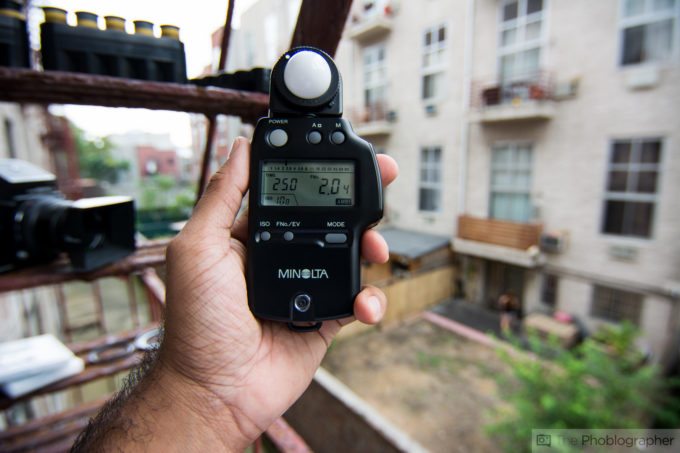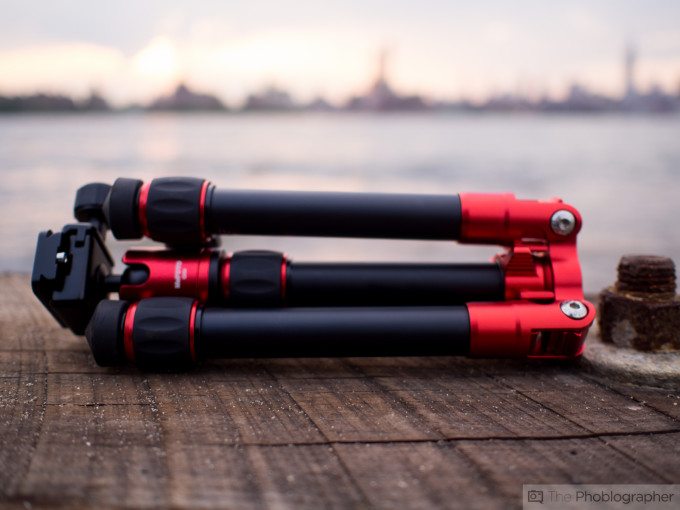Last Updated on 03/17/2023 by Lara Carretero
Pinhole photography has to be one of the most beautiful forms of the art. It forces a photographer to rely on great composition, exposure timing, and creative ideas to yield a beautiful image. But fair warning: you won’t be doing any pixel peeping or anything else technical aside from figuring out your exposure in the first place.
What is Pinhole Photography?
So what is pinhole photography? It started in the film days. Pinhole photography requires you to shoot with an extremely narrow aperture–many of them are up to f165 and beyond–hence why it’s called pinhole photography due to the fact that you’re basically exposing your film plane and sensor to an area equivalent to the size of a hole that a pin can make.
In order to shoot these photos, you’re bound to be doing a very long exposure of at least a couple of seconds. Additionally, everything will be in focus so you won’t be working with bokeh at all. Many photographers use specific placement of objects and exacting exposures to help their images achieve a sense of depth. Further, it is mostly accepted that pinhole photography is done in black and white, but there are color images as well.
If you’re shooting digital photos, then you can always convert to black and white in post.
Most of the time, it can give off an eerie, ethereal and ghost-like look to your images that can be really enchanting. Pinhole photography isn’t something that you should expect to get immediately, and it will instead take a very long time. Many pinhole photographers often go to the beach or find some sort of movement to be emphasized due to the fact that you’ll be shooting a super long exposure of some sort.
What Do You Need to Do It?
To do Pinhole photography, you first off need a camera and a pinhole lens. There aren’t very many good pinhole digital options and indeed much of this is done with medium format film, 35mm film or larger. Lomography’s Diana F+ cameras feature a pinhole camera mode that makes the aperture super duper small for you to do this type of shooting.
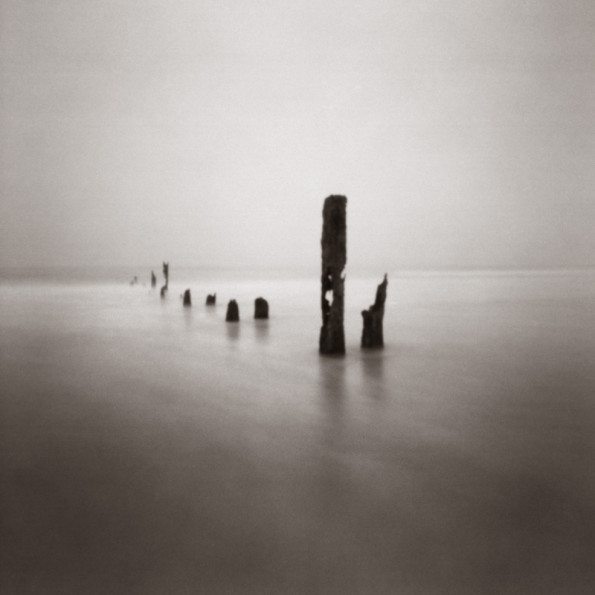
Many photographers tend to hack things into being cameras and pinhole cameras to be honest. Matthew Bigwood did a six month long exposure with a pinhole camera that he made from a beer can while James Guerin made one out of a shoebox.
In reality, with a little bit of know-how you can turn anything with a pinhole camera but you’ll need to realize that you’ll be loading a piece of film in each time and you’ll need to extract it using a changing bag or a darkroom. The reason for this is because otherwise you’ll be exposing your piece of film to the light and therefore messing up the entire image that you shot to begin with.
Here are a couple of others:
Other photographers to check out:
We also strongly recommend a handheld light meter of some sort. The reason why you’ll need something like this is because it will help you get a better exposure when you’re down to an extremely narrow aperture that your camera’s meter won’t be able to calculate.
Additionally, we can’t help but recommend a sturdy tripod that can support the weight of the camera that you’ll be working with. This is more or less essential due to the fact that your camera will need to be stable and shake free during the entire process.
How Do You Do Pinhole Photography?
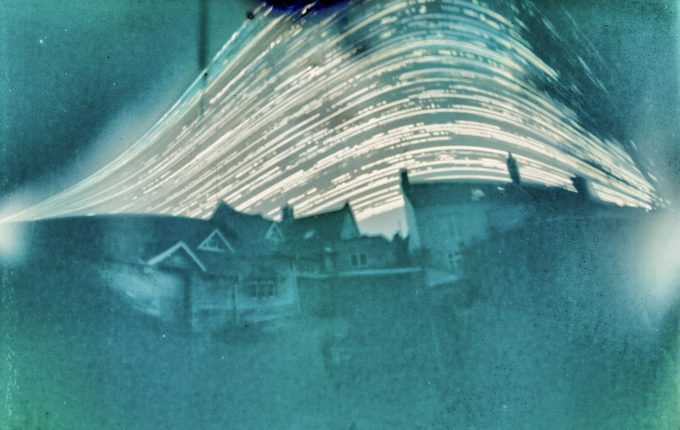
In order to do pinhole photography you need to have the gear. Once you do this, go ahead and find a location that is very wide. The reason why you’ll want to do this is because you’ll want to have some sense of depth since everything in your scene is going to be in focus anyway. Then you’ll want to set your camera onto the tripod, use your light meter to read the scene, dial in the exposure value into the camera, set it to delay shooting mode to prevent any sort of camera shake from you pressing the shutter, then shoot.
And quite honestly, that’s all that there is to it.


